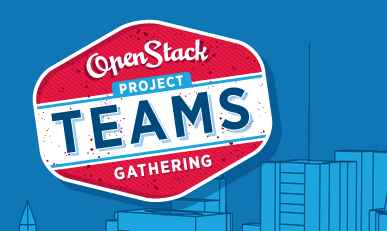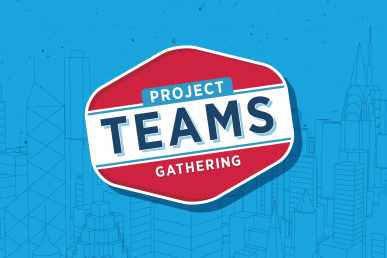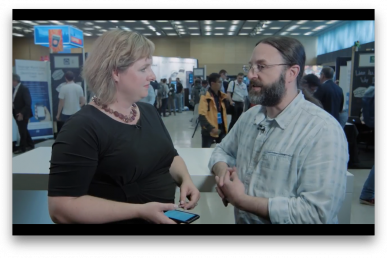DENVER–Over 400 developers gathered in Denver, Colorado at the most recent Project Teams Gathering (PTG) to collaborate on their respective OpenStack projects. There was a veritable zoo present (each project has an animal mascot) as over 40 teams worked tirelessly for five days thanks to an endless supply of coffee, as well as our sponsors, Fujitsu, IBM, Huawei, Red Hat and Verizon.
Missed this PTG? Save the date for the next one: it will take place in Dublin, Ireland the week of February 26, 2018.
Superuser talked to some folks present to find out what makes it worthwhile.

Rico Lin, EasyStack, and Project Team Leader (PTL) of Heat.
What are your thoughts on the new PTG format?
“I think it’s very useful for developers. I can just grab team members and PTLs to sit down and work on patches together.”
He points out that if the team is considering something, meeting face-to-face is very useful because decisions get made, and goals are accomplished. In the past, he’s seen issues with video meet-ups because people don’t always show up, but at the PTG, people are very focused.
“People concentrate here, since they’re already in their respective teams.”
Do you think the PTG is more valuable than the Design Summit was?
“Yeah, definitely. I was always running somewhere at the Design Summit, because there was cross-project going on, users are there, operators are there…it was almost impossible to write any lines of code as a developer, which wasn’t that productive.”
He points out that the reason for the separate gathering of the developers was to give them time to both discuss what they want to design at the Forum, and then to make something happen at the PTG.
Lin says that the separation of users and operators allows them to keep tuning the code to improve it for the real use cases.
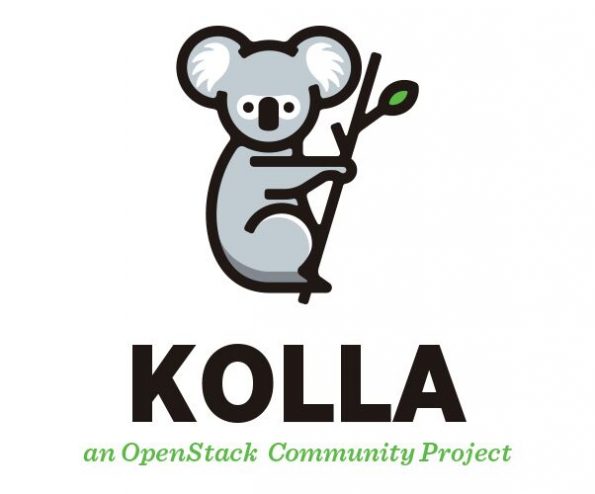
Jaesuk Ahn, OpenStack Architect at SK Telecom.
How did the operator feedback from the forum effect how you went into this PTG?
Ahn says it was nice to be able to meet vendors and get their thoughts on the project and their opinions about the issues.
“There, I was able to not only discuss technological problems, but also user stories and requirements. So based on that and the feedback I received at the Summit, I was able to tell my company about not only why it’s important for technological reasons, but why it’s important for the business aspect and what other vendors think of this project so that it will continue to succeed.”
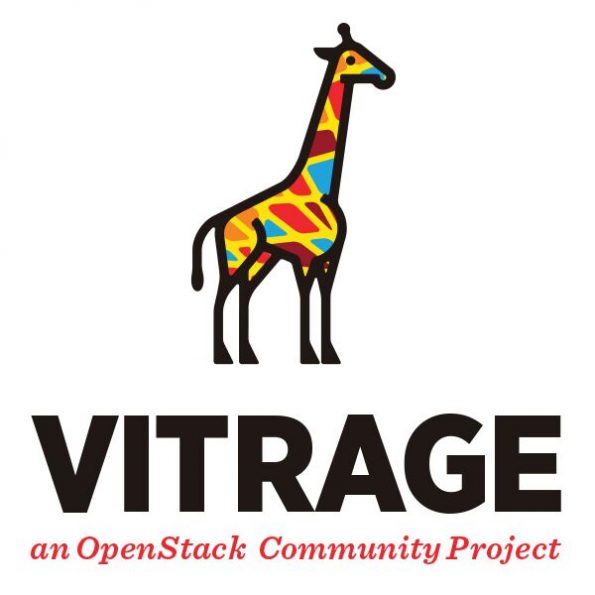
Thierry Carrez, vice president of engineering at the OpenStack Foundation.
Now that we have had both a PTG and a Forum, how do you think the process is going?
“I think it’s going well. The fact that we staggered the two events is really conducive to us having to really rely on the type of feedback we should be working on for the next cycle a few months ahead, and then come to the PTG at the start of the dev cycle with a list of things to work on.
Previously, we had a lot of frustration in the Design Summit because at the same time, the devs were trying to organize the work for the upcoming cycle. We had new requirements coming from users in the room that were trying to get their priorities through, and it was frustrating for devs, who couldn’t really get their requirements through. They had to constantly rehash all the background of the things that we did, so I think splitting it made it a more pleasant experience for the various people involved. Also a more productive set of events by really focusing them on a specific stage of the development cycle.”
What has changed going into the second PTG?
“The PTG is trying to strike a balance between highly dynamic content where people discuss what they need to discuss and sometimes those priorities change based on who is in the room or what’s been recently discussed on the mailing list, so it’s really difficult to come up with a schedule in advance. So the flexibility of the event is really key to having productive meetings by spending the right amount of time on the right topics. At the same, it’s a balance to have because you also need to make enough of that content that will be discussed emerge externally to the team in a way that others that are interested in participating can provide input to those discussions and know that those discussions are coming.
The big change that we’ve implemented between the two events is a dynamic scheduling system that shows what’s being discussed right now and what will be discussed next. There’s some flexibility in terms of timing, so you can see at a glance what’s going on at the PTG; what’s being discussed. So if you’re wondering where to go, you can just scan the list instead of checking all the rooms and all the different Etherpads. [The PTG bot] was pretty well adopted. I was a bit worried that no one would pick it up, but I feel like the attendees found it and used it. We obviously have a long list of improvements, but it’s made a lot of difference.”
- SK Telecom 5GX Cloud Labs wins the 2020 Superuser Awards - October 20, 2020
- Where are they now? Superuser Awards winner: VEXXHOST - August 11, 2020
- Where are they now? Superuser Awards: City Network - June 18, 2020

)




